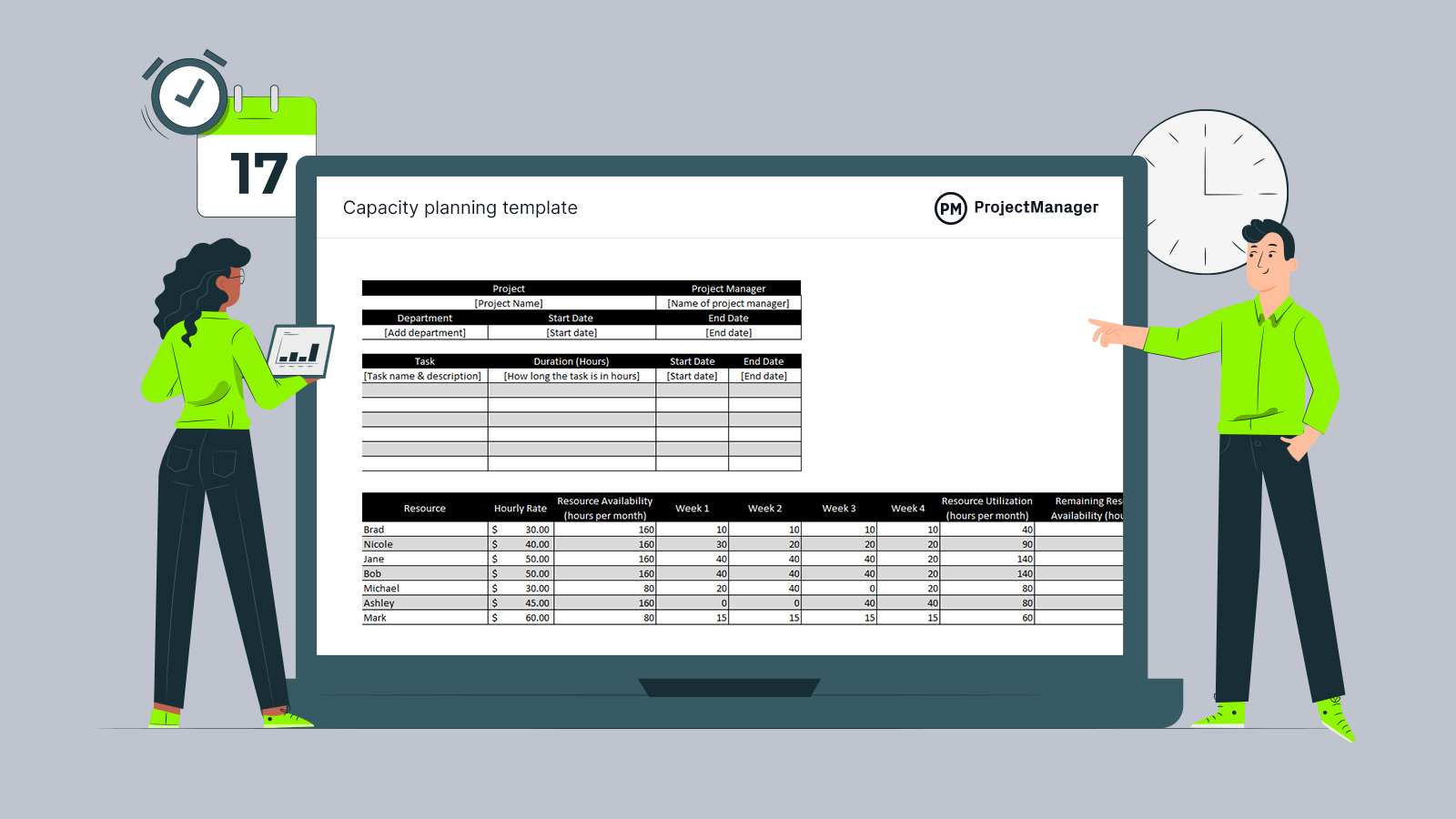Planning is more than organizing tasks to complete a project by its deadline. Project managers must also consider capacity. That is, having the resources you need to meet demand over a certain timeframe. Use our free capacity planning template for Excel to make sure you can meet the demands of your customers.
What Is Capacity Planning?
Capacity planning is a process by which one figures out how much production capacity is needed to meet the demand for products, a demand that’s constantly fluctuating. Part of that is knowing the capacity of a manufacturer’s maximum ability to produce a product over a specific period.
In project management, the process of capacity planning is part of the related processes of resource management, time management, team management and work management. Capacity planning balances available resources to meet customer demand or the project’s capacity needs.
Capacity management is part of an organization’s process to keep up with changing demands. Project managers will apply various capacity planning methodologies to meet different conditions. Our free capacity planning template is a flexible tool that allows them to implement those strategies.
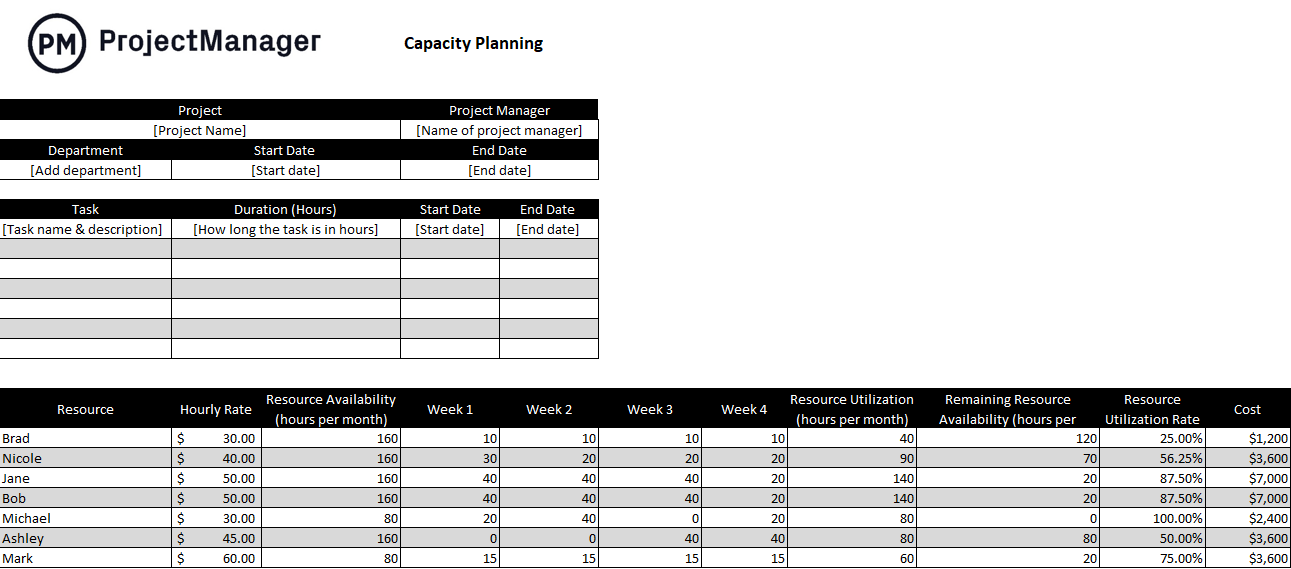
Why You Need a Capacity Planning Template
Capacity planning is critical for any business that needs to deliver a good or service. Understanding the resource capacity of your organization helps you create an effective operational or production plan and meet future resource requirements.
It does this by allowing one to see the utilization, time and effort used for each team member to do their tasks. Then a manager can make the necessary changes to future projects based on the skill set and availability of team members.
Project management software can help you plan capacity. ProjectManager is award-winning project management software that has robust Gantt charts and enables you to plan, manage and track resources in real time. You can add human and non-human resources to each task in your project schedule, including the start and end dates to ensure they’re done on time. When you assign team members to tasks, our real-time availability streamlines the process. Once you set a baseline, track project variance in real time to help you stay on schedule. Get started with ProjectManager today for free.
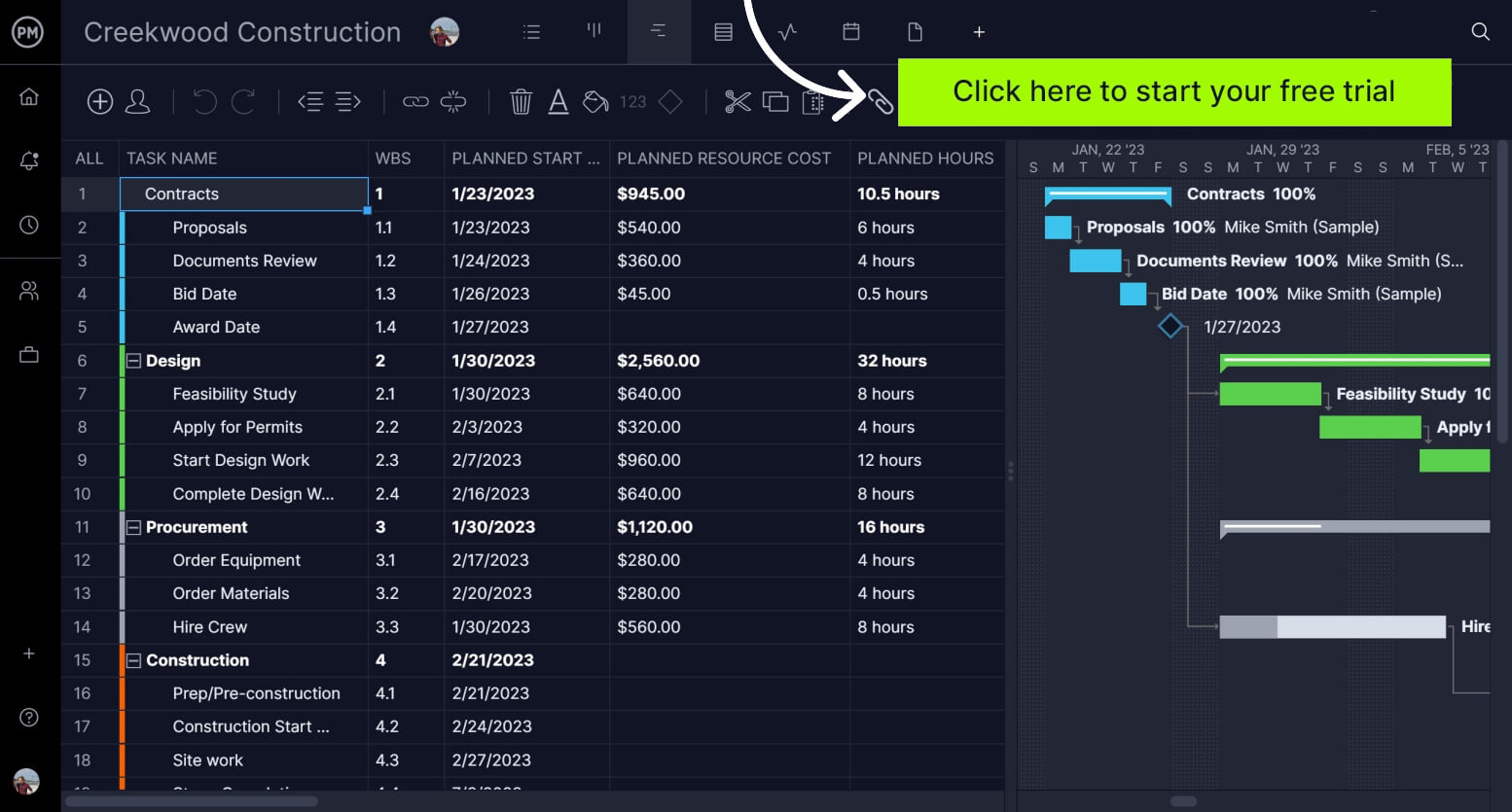
When Should You Use a Capacity Planning Template?
Capacity planning is useful when working to ensure that your supply meets demand. That means, you can be capacity planning for a week, month, quarter or year, or even longer. Naturally, this will occur during the planning process of a project or production run.
Using our free capacity planning template for Excel will help when you’re keeping track of autonomous teams, staying aware of changing priorities, preparing for unpredictable tasks, managing remote workers and much more. Having a capacity plan in place will help you improve team performance and streamline your business tasks for increased efficiency.
We’ve been talking about capacity planning in terms of manufacturing and general project management, but it’s also helpful in operations management. It can be applied to resource capacity planning, project capacity planning, team capacity planning and HR capacity planning.
Why Use a Capacity Planning Template?
Our capacity planning template is useful in that it’s fully customizable so you can adjust it to fit whatever you’re working on. It also creates a consistent project management template from which to create your capacity plan, which is helpful for many reasons, including when you archive it and retrieve the document for future capacity planning.
The benefits of using our capacity planning template include reducing stock-outs, which is when manufacturers fail to meet customer demand. The worst thing a manufacturer can do to a customer is making them wait for a product they want. Capacity planning helps to reduce this.
You can also use our free capacity planning template to identify inefficiencies in your business processes. No matter what capacity you’re planning, by using our free template you can see what factors are limiting capacity and how to avoid them to make sure you always have what you need.
Capacity planning also increases delivery capacity. By knowing when you’ll have a product and who is available to deliver that product, you can provide customers with quicker delivery and more accurate timeframes for those deliveries. You can also confirm future availability before you sign a contract with a customer.
Who Is This Capacity Planning Template For?
Our free capacity planning template for Excel is for anyone who’s managing teams in project management, production planning, construction projects or a business management setting. Our free template is designed to be useful for any of the following professions.
- Project managers
- Production managers
- Construction managers
- Business managers
- Operations managers
What’s Included in This Capacity Planning Template?
Once you’ve downloaded our free capacity planning template for Excel, you’ll be able to customize it. We’ve set it up with the basics so you’ll be able to get started quickly. Let’s explain the different parts that make up our free capacity planning template.
General Project Information
Here, we’ve added the basic overview of the project, including its name, the name of the project manager, the department involved and the start and end dates for the period that is being planned. Again, you can add or subtract from this section as you like to meet the criteria of your project.
Tasks
Now we come to the first chart, which is made to help plan the tasks in the project scope. Therefore, the first element will be a list of those tasks. You can also add a brief description of each task.
Task Estimated Duration
Task duration is how long you believe the task will take to complete. This should be indicated in hours, though you can use minutes or days if that is more appropriate.
Start Date
Each task will have a start date when the task should be initiated. You’ll want to add that date here.
End Date
The end date is the deadline for the task. That date should be indicated here.
List of Resources
In the next chart, you’ll start by listing all your project resources. Here, we’ve listed human resources or project team members who will be responsible for executing the tasks listed above.
Hourly Rate for Each Resource
Each resource will have a price attached to its use. In this case, that’s the hourly rate for the team member assigned to the task. List that here.
Project Timeline (Week 1, Week 2, Week 3, Week 4)
The project timeline is how long it’ll take to complete the task or its duration. Those hours for each of the weeks on the timeline will be listed below each of the appropriate weeks.
Resource Availability (Hours Per Month)
The total hours per month a person can work. For this example, we’re assuming that employees work five days a week, eight hours per day. That totals 160 hours for four weeks.
Resource Utilization (Hours Per Month)
This is the total number of hours that are assigned to a person over four weeks.
Remaining Resource Availability (Hours Per Month)
This is the number of hours that are available after assigning work to a person.
Over/Under Resource Allocation
The difference between the total number of hours someone can work and the number of hours that are assigned to them.
Resource Utilization Rate
The percentage of utilization of an employee based on his available work hours and the hours assigned to them.
Costs Per Resource
This is the working hours times the hourly rate.
More Free Resource Management Templates
There’s more to managing capacity than planning. ProjectManager understands that and has dozens of free project management templates for Excel and Word that you can download right now. They cover every aspect of a project, from start to finish, to help you better manage your work. Here are a few free templates to help with resource management.
Project Budget Template
Managing resources when planning capacity costs money. To ensure that you’ve allocated enough funds for the project you’re going to need to make an accurate forecast of those costs. Our free project budget template for Excel helps you identify all the labor and material costs so you can make a more accurate estimate.
Gantt Chart Template
Gantt charts are ideal project management tools for scheduling. They organize your tasks and show the whole project on a visual timeline. But they can be hard to make in Excel. Don’t worry, we’ve already made one for you. Our free Gantt chart template for Excel allows you to list tasks and their start and end dates. That data then automatically populates the timeline.
Resource Plan Template
The capacity plan is part of the larger resource plan, which includes the schedule and budget to help you track time and cost to avoid missing deadlines and overspending. Our free resource plan template for Excel lists resources, and costs and has a calendar so you plan and track your resources over the week or months.
How ProjectManager Helps With Capacity Planning
All of our templates are a great way to start planning your resources and capacity, but they’ll only take you so far. Templates are, after all, static documents. You have to manually update them and they’re not a collaborative tool. Managing a project in Excel is going to get frustrating fast. Project management software is going to automate many of the processes to give you more time to focus on the important things. ProjectManager is award-winning project management software that helps you manage your resources and capacity in real time to get the most out of them.
Track Resource Utilization With Workload Charts
Being able to plan capacity is only the beginning. Now you have to monitor it to ensure that it’s going as planned. Our resource management tools allow you first to see a team member’s availability, including PTO, vacation and global holidays, to make it easier to assign them tasks. Once they’re executing the tasks, toggle over to the color-coded workload chart and see if anyone is overallocated. If they are, you can balance the whole team’s workload right from that chart so they’re all working at capacity.
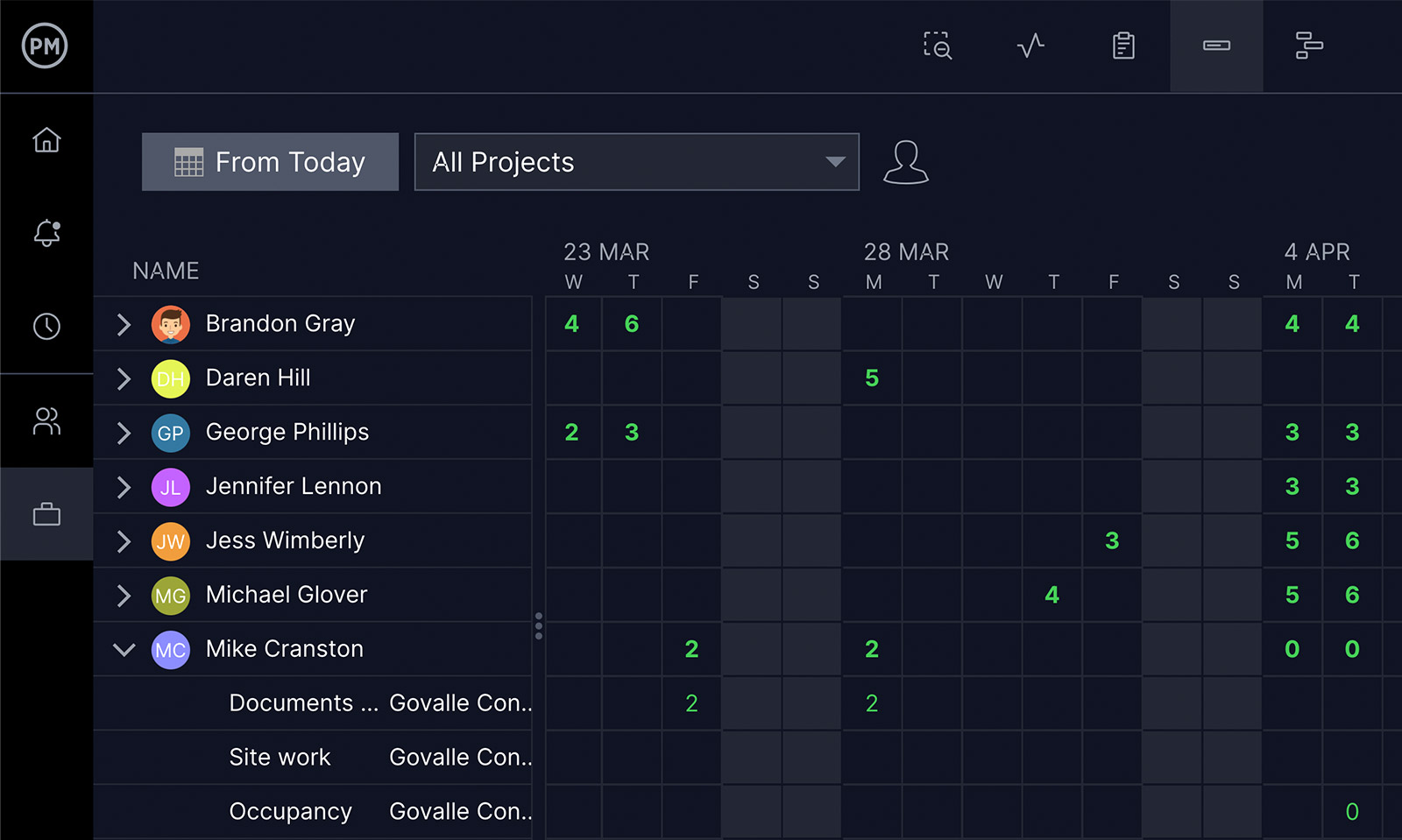
Monitor Costs With Timesheets and Real-Time Dashboards
Costs can quickly get out of control if you’re not keeping track of them. Our tool has multiple ways to monitor your project costs. You can use our secure timesheets that streamline payroll and give you transparency into how many hours a team member has spent on their tasks. This tells you how much that work is costing. Any time you want a high-level overview of project costs, simply visit our real-time dashboard, which automatically collects six project metrics including costs and displays them on easy-to-read graphs and charts. Best of all, unlike lightweight alternatives there’s no lengthy setup required.
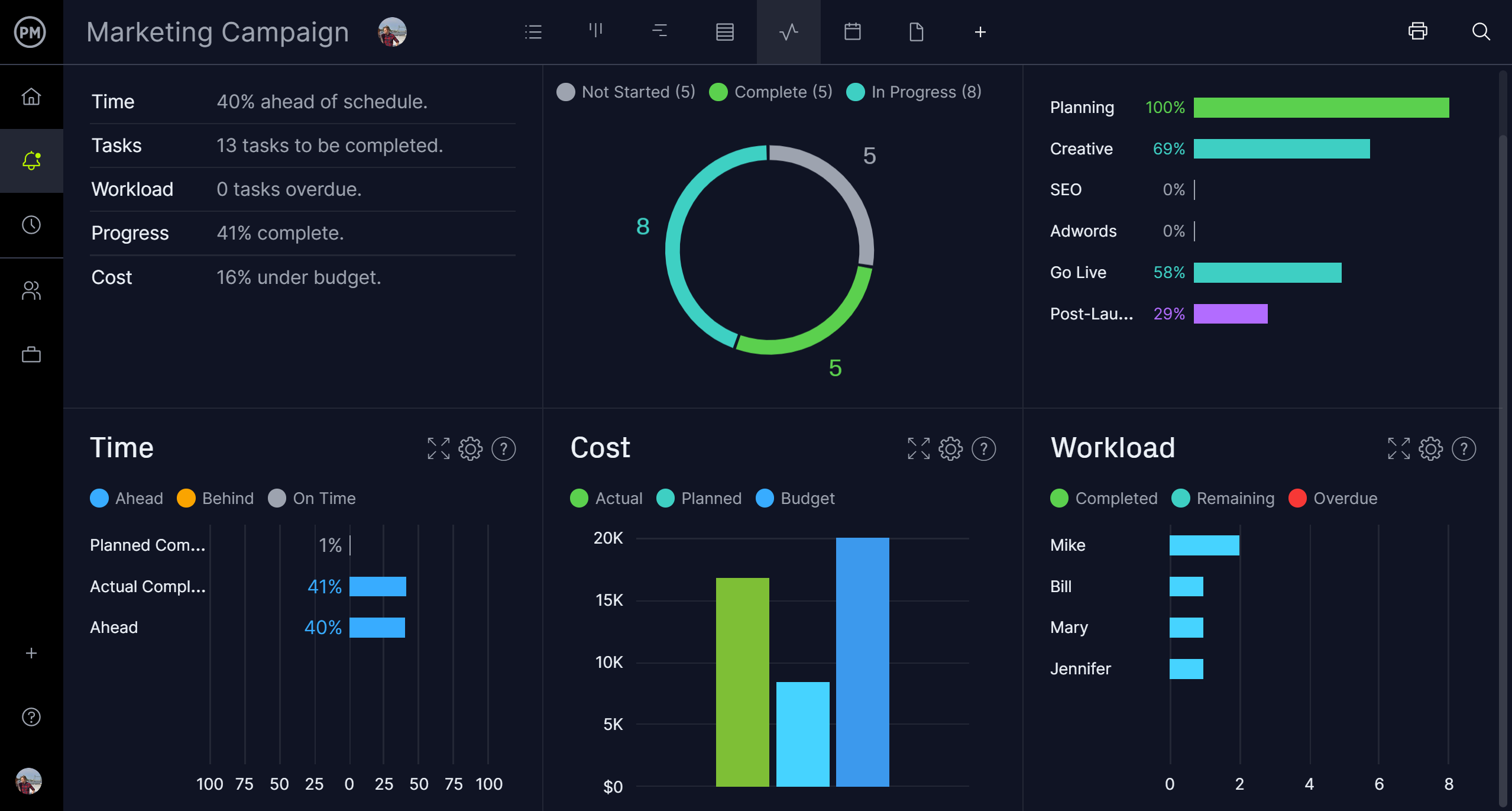
Related Content
If you still want to read more about capacity planning and resource management, our site is an online hub for all things project management. You can find many interesting pieces there, be they weekly blogs, guides, tutorial videos, or, of course, free templates. Here are some of the best posts we’ve made on capacity planning and resource management.
- Capacity Planning: Strategies, Benefits and Best Practices
- The Ultimate Guide to Resource Planning
- Resource Management: Process, Tools & Techniques
ProjectManager Is Ideal Capacity Planning and Resource Management Software
ProjectManager is online project management software that allows managers to plan, manage and track their resources anywhere and at any time. Use multiple project views to plan resources and let teams use the tools they prefer to execute those tasks, whether on task lists, kanban boards, calendars and more. They can share files, comment at the task level and are notified by email and in-app alerts to keep everyone on the same page and foster better collaboration. Get started with ProjectManager today for free.
